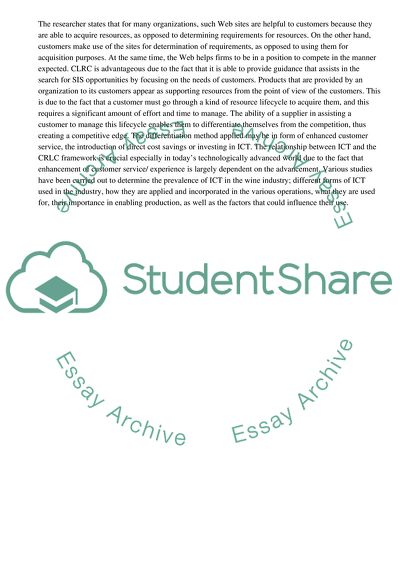Cite this document
(“Information and Systems for Competitive Advantage Research Paper”, n.d.)
Information and Systems for Competitive Advantage Research Paper. Retrieved from https://studentshare.org/management/1827925-information-and-systems-for-competitive-advantage
Information and Systems for Competitive Advantage Research Paper. Retrieved from https://studentshare.org/management/1827925-information-and-systems-for-competitive-advantage
(Information and Systems for Competitive Advantage Research Paper)
Information and Systems for Competitive Advantage Research Paper. https://studentshare.org/management/1827925-information-and-systems-for-competitive-advantage.
Information and Systems for Competitive Advantage Research Paper. https://studentshare.org/management/1827925-information-and-systems-for-competitive-advantage.
“Information and Systems for Competitive Advantage Research Paper”, n.d. https://studentshare.org/management/1827925-information-and-systems-for-competitive-advantage.


